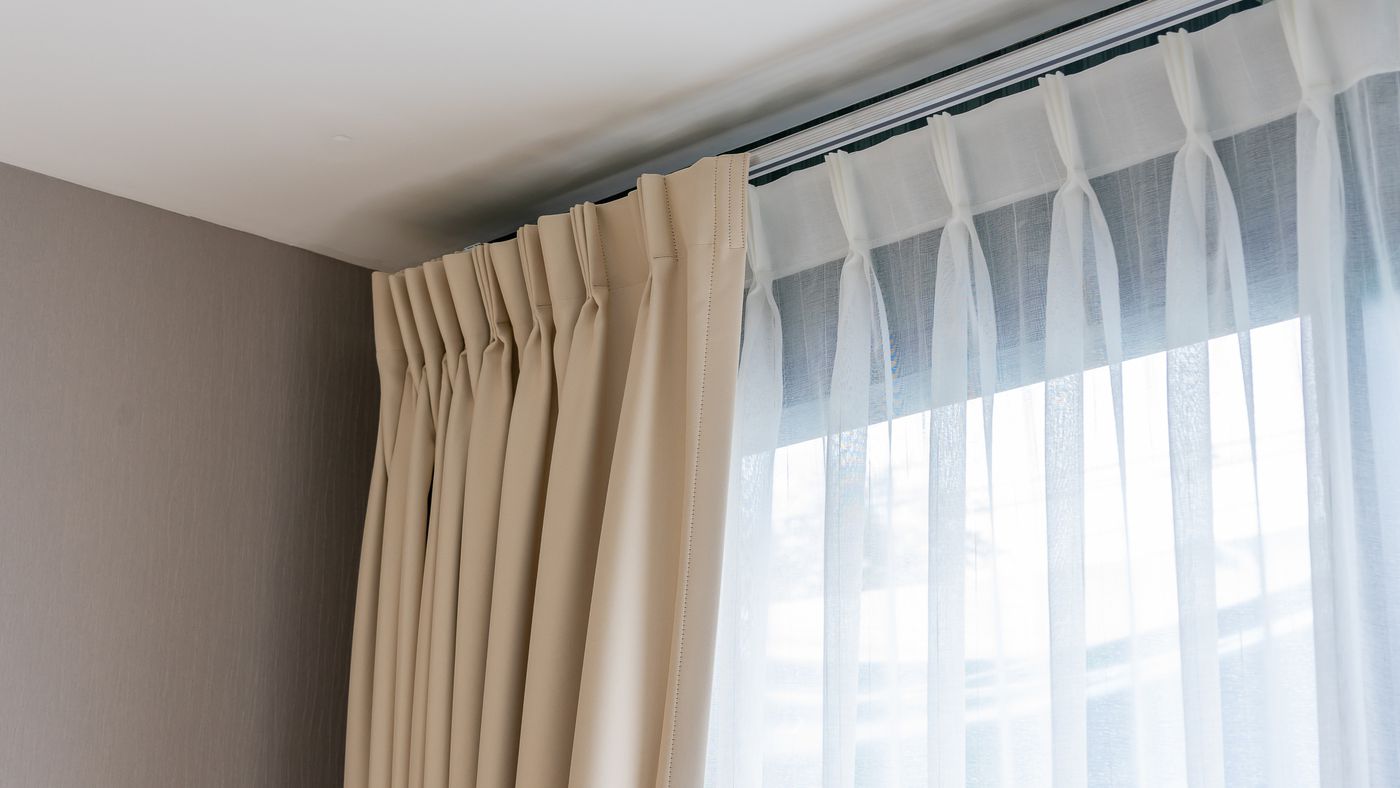

Articles
Why Are Blackout Curtains Bad
Modified: December 7, 2023
Discover why blackout curtains may not be the ideal choice for your home. Stay informed with our insightful and informative articles on this topic.
(Many of the links in this article redirect to a specific reviewed product. Your purchase of these products through affiliate links helps to generate commission for Storables.com, at no extra cost. Learn more)
Introduction
Blackout curtains have become increasingly popular in recent years, offering a convenient solution for blocking out light and enhancing privacy in homes or offices. While they certainly have their benefits, it’s important to consider their potential drawbacks. In this article, we will explore some of the reasons why blackout curtains may not be the best choice for everyone and shed light on the negative effects they can have.
It’s undeniable that blackout curtains provide an effective way to create a dark and cozy environment, especially for those who have trouble sleeping or live in areas with excessive outdoor lighting. However, before investing in blackout curtains, it’s crucial to understand the implications they may have on various aspects of your living space, including natural light, energy consumption, indoor air quality, view, privacy, and even potential health risks.
In the sections that follow, we will delve deeper into each of these issues to help you make an informed decision about whether or not blackout curtains are the right choice for you.
Key Takeaways:
- Don’t let the darkness take over! While blackout curtains offer privacy and coziness, be mindful of potential drawbacks like decreased natural light, higher energy consumption, and indoor air quality concerns.
- Balance is key! Enjoy the benefits of blackout curtains while maintaining a healthy living environment by optimizing natural light exposure, minimizing energy consumption, and staying proactive about indoor air quality.
Read more: What Are Blackout Curtains
Lack of Natural Light
One of the main disadvantages of blackout curtains is their ability to completely block out sunlight. While this can be beneficial for those seeking a darkened room, it can also lead to a lack of natural light. Natural light has numerous benefits for our well-being and overall health.
Sunlight is a natural source of vitamin D, which plays a crucial role in maintaining healthy bones and boosting the immune system. Lack of exposure to sunlight can lead to a deficiency in vitamin D, which has been linked to a variety of health issues, including weakened immune function, decreased bone density, and increased risk of certain diseases.
Furthermore, natural light has a positive impact on our mood and mental well-being. It stimulates the production of serotonin, a hormone that helps regulate our mood, sleep, and overall happiness. Lack of exposure to natural light can result in decreased levels of serotonin, leading to feelings of depression, lethargy, and even seasonal affective disorder (SAD).
By using blackout curtains to completely eliminate natural light from entering your living space, you may be inadvertently depriving yourself of these health benefits. It’s important to find a balance between enjoying a dimly lit room and ensuring you still receive an adequate amount of natural light.
If you do choose to use blackout curtains, consider using them selectively, especially during the daytime. Open them up during the morning and early afternoon to allow ample sunlight to enter your space. This will help you maintain a healthier indoor environment and promote your overall well-being.
High Energy Consumption
While blackout curtains are effective at blocking out light, they can also have a negative impact on your energy consumption. When you rely solely on blackout curtains to keep your living space cool during hot summer days or warm during cold winter nights, you may end up using more energy than necessary.
During the summer, blackout curtains prevent sunlight from entering your home, reducing heat gain and potentially lowering the need for air conditioning. However, if you rely solely on blackout curtains and don’t take advantage of natural ventilation or energy-efficient cooling options, such as fans or air conditioners, your energy consumption may increase.
Similarly, during the winter, blackout curtains can prevent heat loss by providing an additional layer of insulation. However, if you depend solely on blackout curtains for warmth and don’t take steps to properly insulate your windows and improve the overall energy efficiency of your home, you may end up using more energy to maintain a comfortable temperature.
To minimize energy consumption, it’s important to combine the use of blackout curtains with other energy-saving practices. Consider investing in quality insulation, sealing any air leaks around windows and doors, using energy-efficient heating and cooling systems, and implementing effective natural ventilation strategies. These measures will help to reduce your reliance on blackout curtains alone and ensure that your energy consumption remains at a more sustainable level.
By being mindful of your energy usage and taking a holistic approach to energy efficiency, you can ensure that blackout curtains enhance your comfort without significantly impacting your energy consumption.
Decreased Indoor Air Quality
While blackout curtains can provide privacy and block out light, they can also have a negative effect on indoor air quality. By restricting airflow and trapping airborne particles, blackout curtains may contribute to a decrease in the overall air quality within your living space.
One of the main ways blackout curtains can impact indoor air quality is by trapping dust, allergens, and other pollutants. Over time, these particles can accumulate on the curtains and be released into the air when the curtains are disturbed. This can lead to an increase in allergens and irritants in the indoor environment, potentially causing respiratory issues or exacerbating existing allergies and asthma symptoms.
Furthermore, blackout curtains can create a moist environment if they come into contact with condensation or humidity. This moisture can provide an ideal breeding ground for mold and mildew, which can significantly reduce indoor air quality and pose health risks to individuals living in the space.
To mitigate the negative impact on indoor air quality, it’s important to regularly clean and maintain your blackout curtains. Follow the manufacturer’s instructions for cleaning, and consider using a vacuum cleaner or a damp cloth to remove any accumulated dust or dirt. Additionally, ensure that your living space is properly ventilated to promote air circulation and reduce the build-up of moisture.
You may also want to consider using blackout curtains made from materials that have undergone antimicrobial treatment or have natural anti-allergenic properties. These curtains can help reduce the accumulation of allergens and inhibit the growth of mold and mildew, improving indoor air quality in your home or office.
By staying proactive and adopting good cleaning practices, you can effectively maintain indoor air quality while enjoying the benefits of blackout curtains.
When looking for blackout curtains, consider the material and construction to ensure they are free from harmful chemicals and provide adequate insulation without compromising air quality.
Limited View and Privacy
One of the main reasons people choose blackout curtains is to enhance privacy and block out the view from the outside. While blackout curtains do serve their purpose in this regard, they can also have some drawbacks when it comes to maintaining a connection with the outside world and enjoying the view.
Blackout curtains are typically made from thick, opaque materials that completely block out light and visibility. This means that when the curtains are closed, you may be left with a limited view of the outdoors. If you enjoy having natural light streaming into your living space or if you have scenic surroundings, blackout curtains may hinder your ability to fully appreciate and connect with the outside environment.
In addition, blackout curtains can sometimes give a closed-off and isolating feeling to a room. The complete darkness they create can make a space feel enclosed and disconnected from the outside world. This lack of connection with nature and the outdoors can have an impact on your mood and overall sense of well-being.
However, there are ways to strike a balance between privacy and maintaining a connection with the outside world. Consider opting for blackout curtains that have a sheer layer or choose curtains that can be partially opened to allow natural light in while still providing privacy. You can also consider using blinds or shades alongside blackout curtains, which can be adjusted to different levels of openness to suit your preferences and needs.
It’s important to carefully consider your priorities when it comes to privacy and view. While blackout curtains can offer maximum privacy, they may also limit your ability to enjoy the beauty of your surroundings. Finding a solution that allows for privacy while still allowing you to enjoy natural light and the view from your windows will help create a more balanced and enjoyable living environment.
Read more: How To Wash Blackout Curtains
Potential Health Risks
While blackout curtains offer numerous benefits, it’s important to be aware of potential health risks that may arise from their use. Understanding these risks will allow you to make an informed decision about whether or not blackout curtains are suitable for your living space.
One potential health risk associated with blackout curtains is the emission of volatile organic compounds (VOCs). VOCs are chemicals that can be released from various materials, including certain types of blackout curtain fabrics. Prolonged exposure to high levels of VOCs can lead to headaches, dizziness, eye irritation, and even respiratory issues.
To minimize the risk of VOC exposure, be sure to choose blackout curtains made from certified low-VOC or VOC-free materials. Look for curtains that have undergone safety testing and meet applicable standards for indoor air quality. Additionally, allow the curtains to air out and off-gas in a well-ventilated area before installing them in your living space.
Another potential health concern is the accumulation of dust mites and allergens on blackout curtains. Dust mites thrive in dark and cozy environments, making blackout curtains an ideal habitat for them. If you or your family members have allergies or asthma, the presence of dust mites can trigger symptoms and exacerbate these conditions.
To reduce the risk of dust mites, regularly clean your blackout curtains according to the manufacturer’s instructions. Vacuuming them periodically or using a damp cloth to remove dust and allergens can help minimize their presence. Additionally, consider using hypoallergenic blackout curtains or those that are specifically designed to resist dust mites and allergens.
Lastly, prolonged exposure to a consistently dark environment created by blackout curtains can disrupt your natural circadian rhythm. Our bodies rely on light exposure to regulate our sleep-wake cycle, mood, and overall well-being. When we are deprived of exposure to natural light during the day and are exposed to artificial light at night, it can lead to sleep disturbances, mood disorders, and even increased risk of certain health conditions.
To mitigate the potential disruption to your circadian rhythm, ensure that you still have access to natural light during the day. Open your blackout curtains in the morning and expose yourself to sunlight as much as possible. Additionally, be mindful of minimizing exposure to artificial light, especially blue light, in the evenings to promote restful sleep.
By being aware of these potential health risks and taking appropriate measures, you can enjoy the benefits of blackout curtains while ensuring a healthy and safe living environment.
Conclusion
Blackout curtains offer a convenient solution for blocking out light, enhancing privacy, and creating a cozy atmosphere in your living space. However, it’s important to consider the potential drawbacks associated with their use.
While blackout curtains provide effective light-blocking capabilities, they can also result in a lack of natural light, which has essential health benefits. It’s crucial to strike a balance between enjoying a dimly lit room and ensuring you still receive adequate sunlight exposure for your well-being.
Additionally, blackout curtains can contribute to higher energy consumption if relied on solely for temperature control. Combining the use of blackout curtains with other energy-saving practices can help minimize the impact on your energy consumption and reduce your carbon footprint.
Another consideration is the potential decrease in indoor air quality due to the trapping of dust, allergens, and moisture. Regular cleaning and proper ventilation can help mitigate these issues and maintain a healthy indoor environment.
Furthermore, blackout curtains may limit the view and connection with the outside world. Finding a balance between privacy and maintaining a connection with nature can help create a more balanced and enjoyable living environment.
Lastly, it’s important to be aware of potential health risks, such as the emission of volatile organic compounds and the accumulation of dust mites. Choosing low-VOC materials, regularly cleaning curtains, and optimizing your exposure to natural light can help minimize these risks.
In conclusion, blackout curtains can be a valuable addition to your living space, offering privacy, light control, and comfort. However, it’s essential to carefully consider their potential drawbacks and take appropriate measures to mitigate any negative effects. By finding a balance, you can enjoy the benefits of blackout curtains while maintaining a healthy, energy-efficient, and visually appealing living environment.
Frequently Asked Questions about Why Are Blackout Curtains Bad
Was this page helpful?
At Storables.com, we guarantee accurate and reliable information. Our content, validated by Expert Board Contributors, is crafted following stringent Editorial Policies. We're committed to providing you with well-researched, expert-backed insights for all your informational needs.
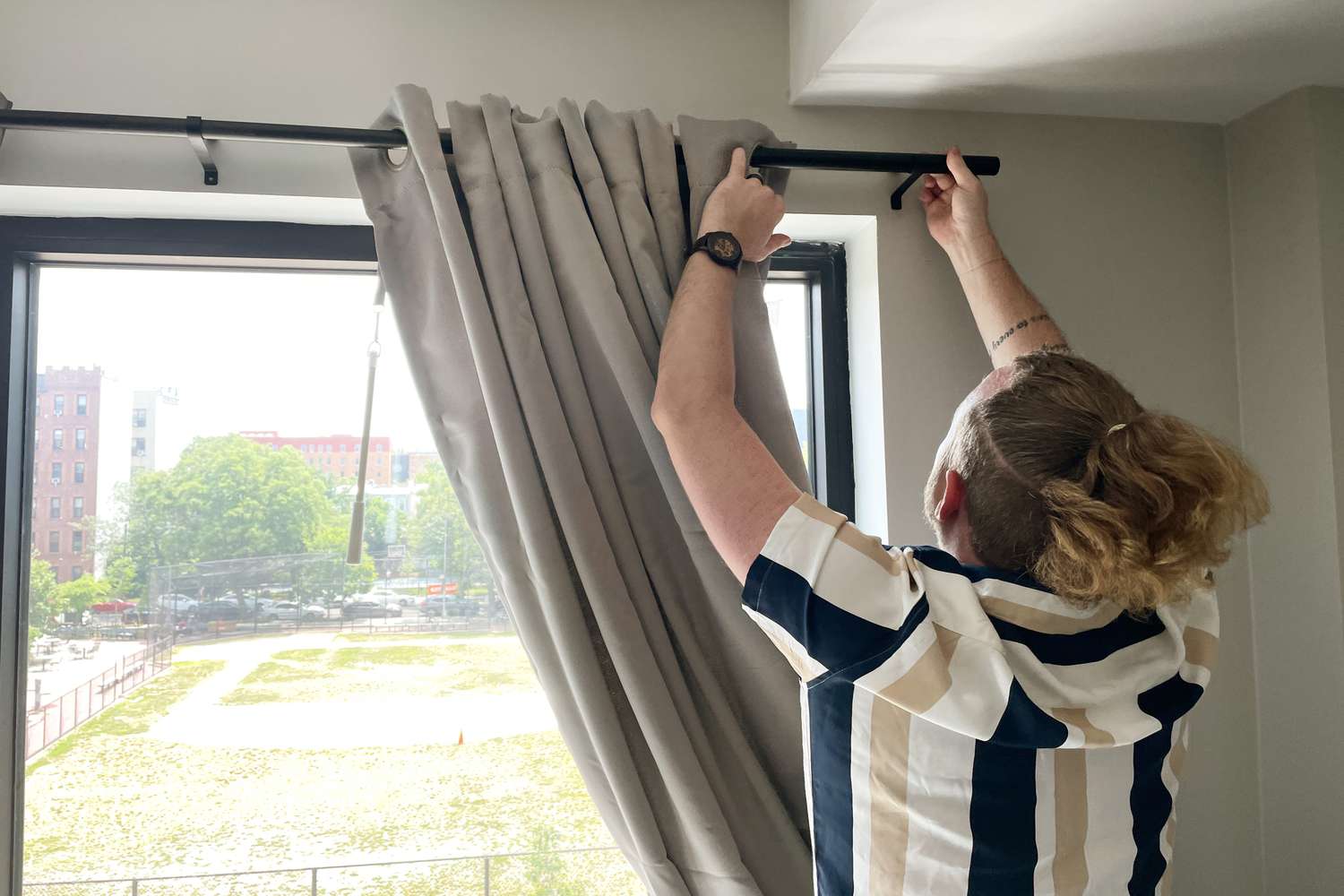
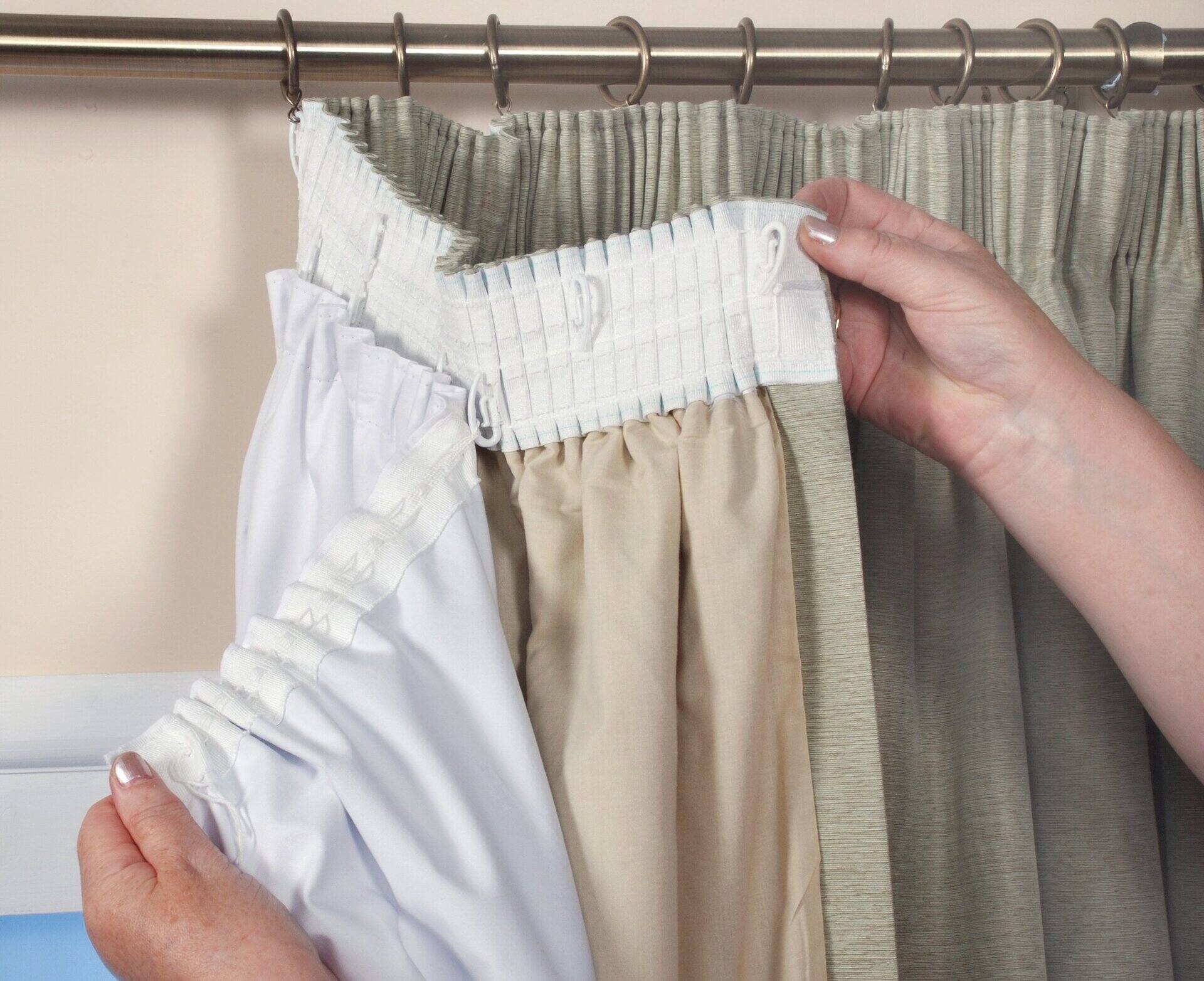
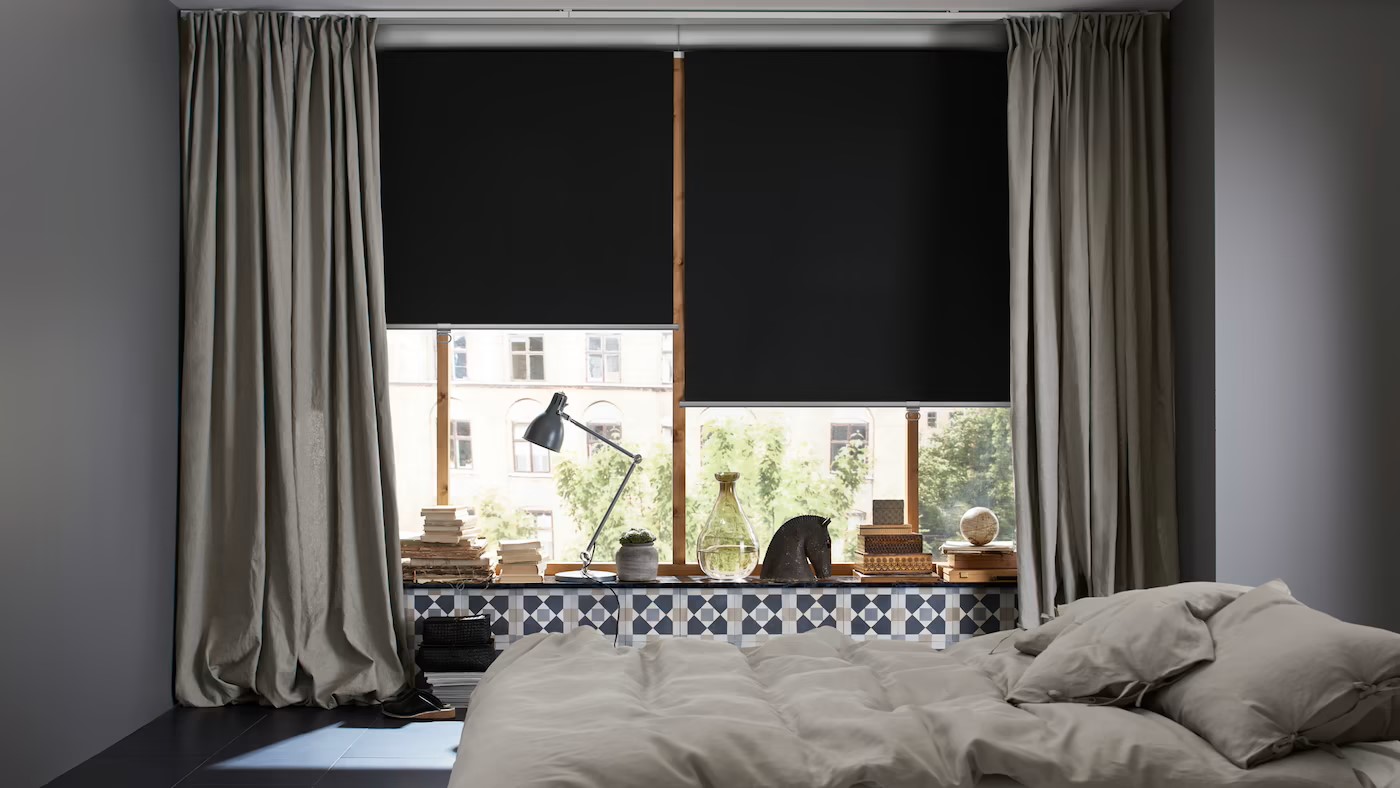


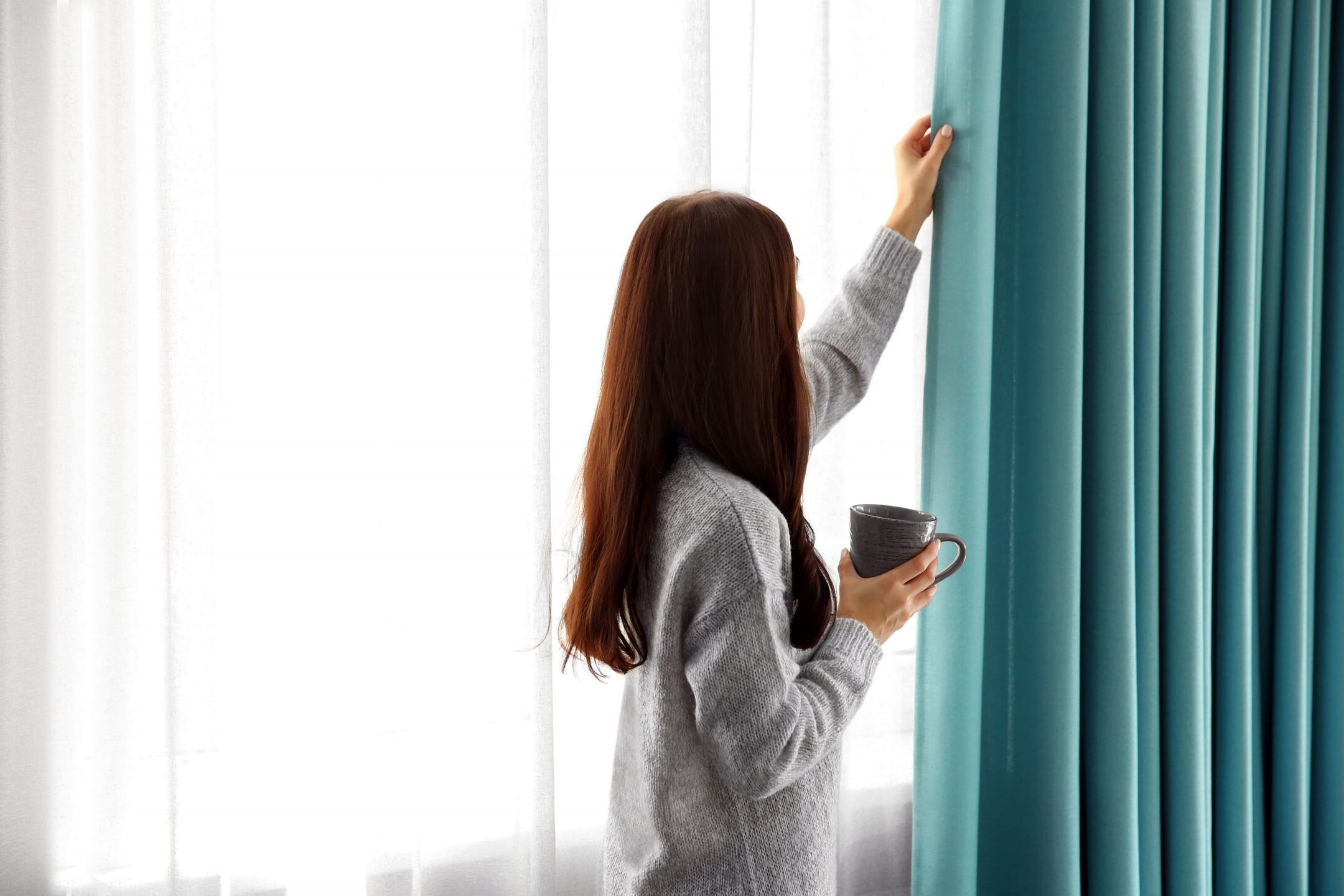
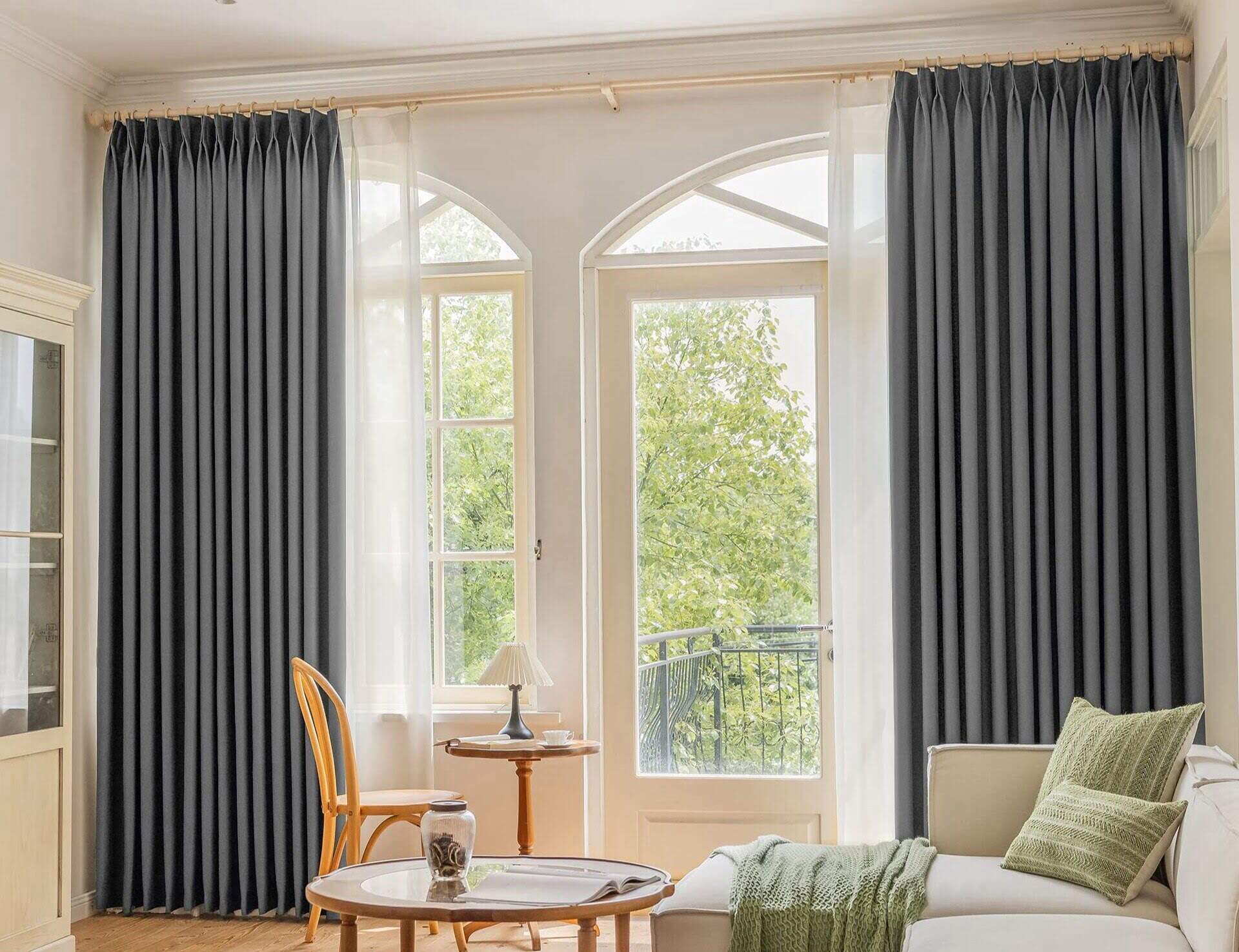
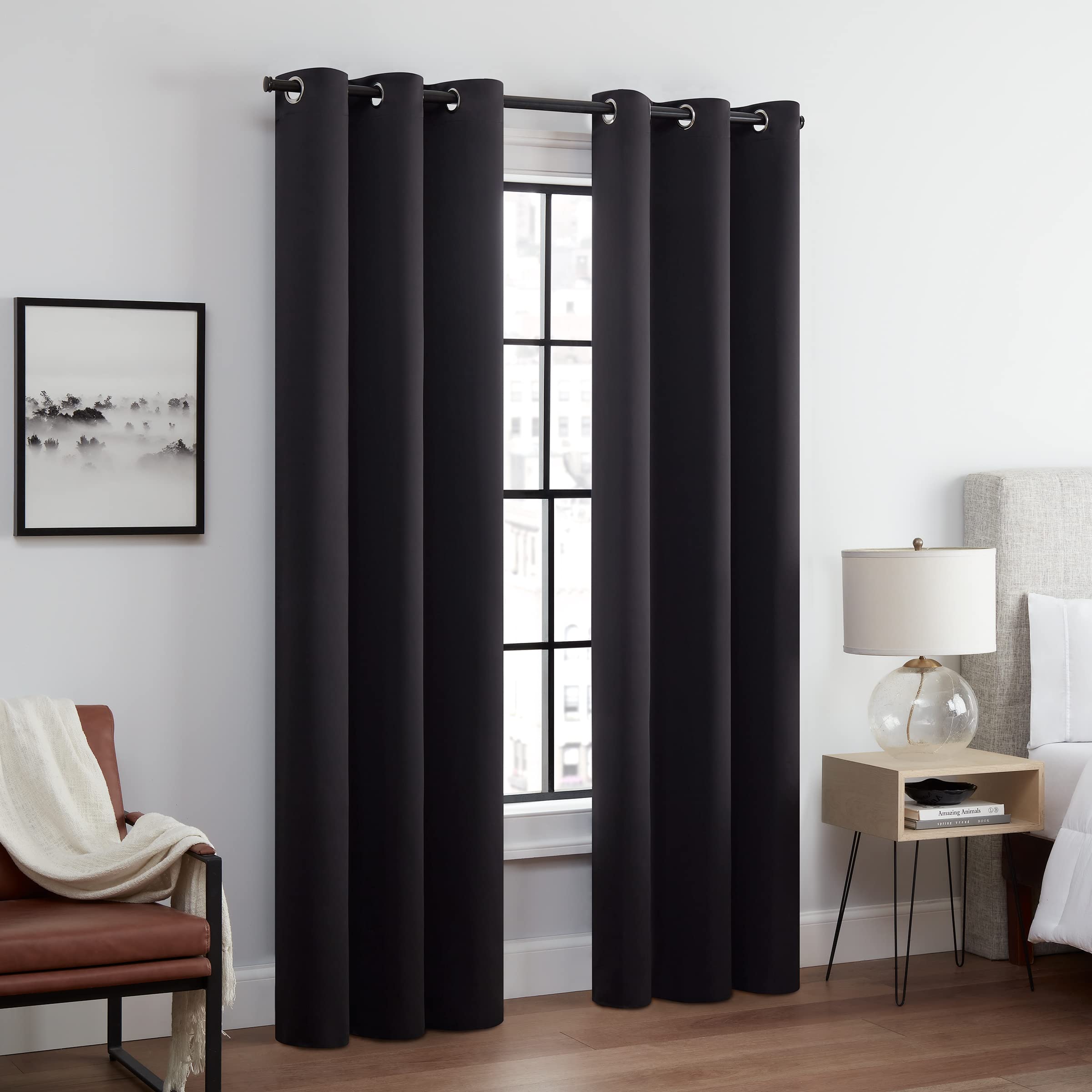
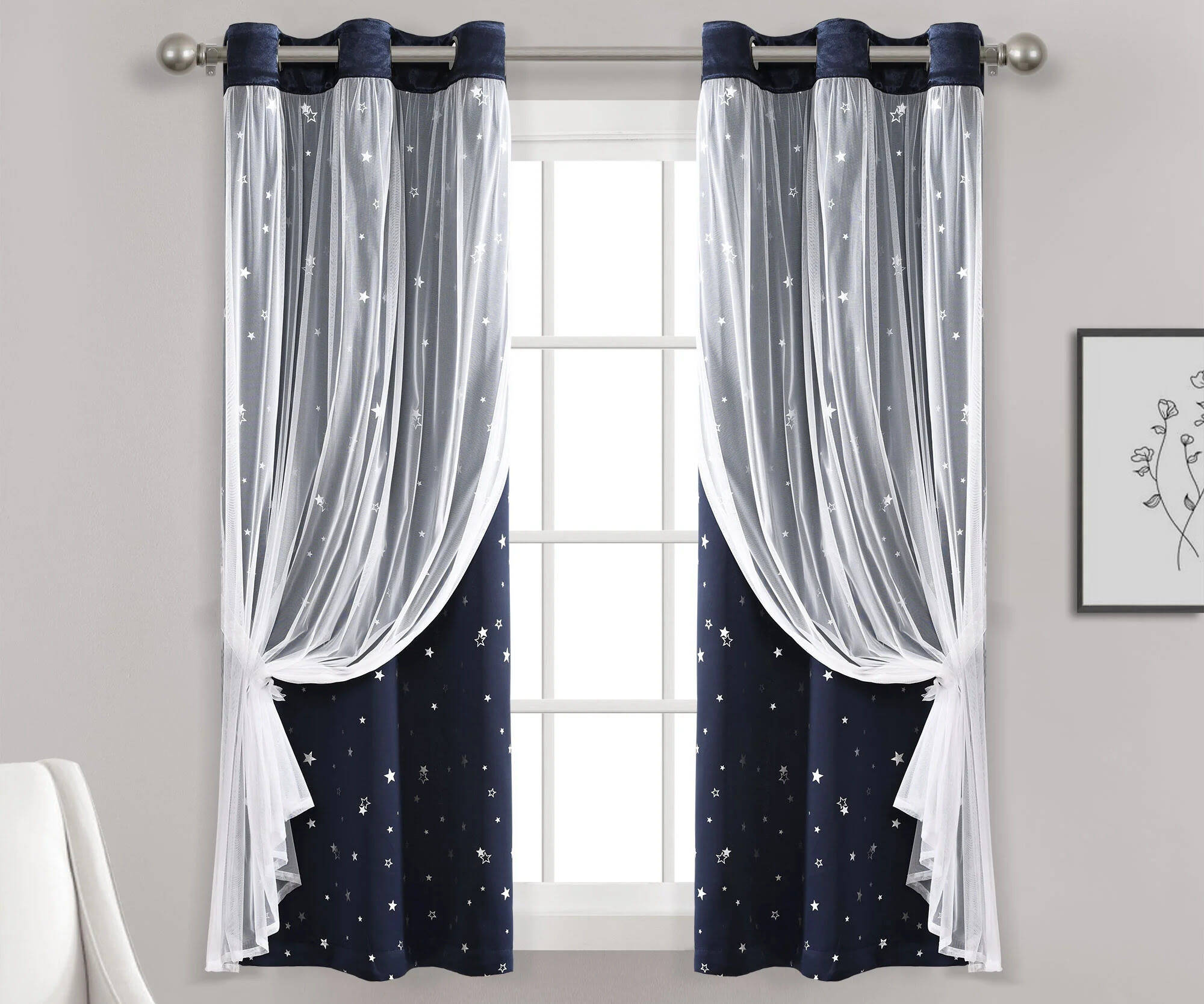
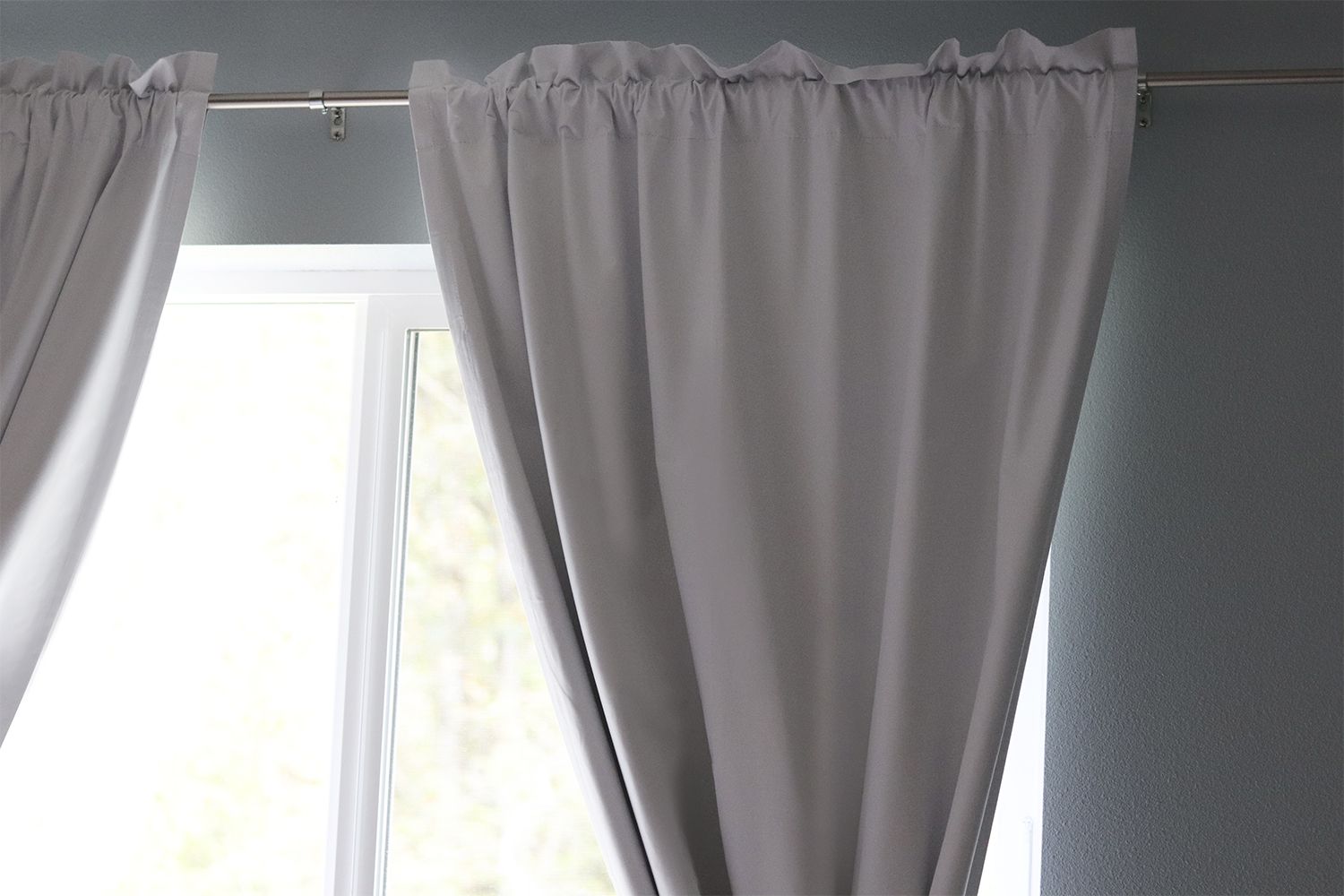
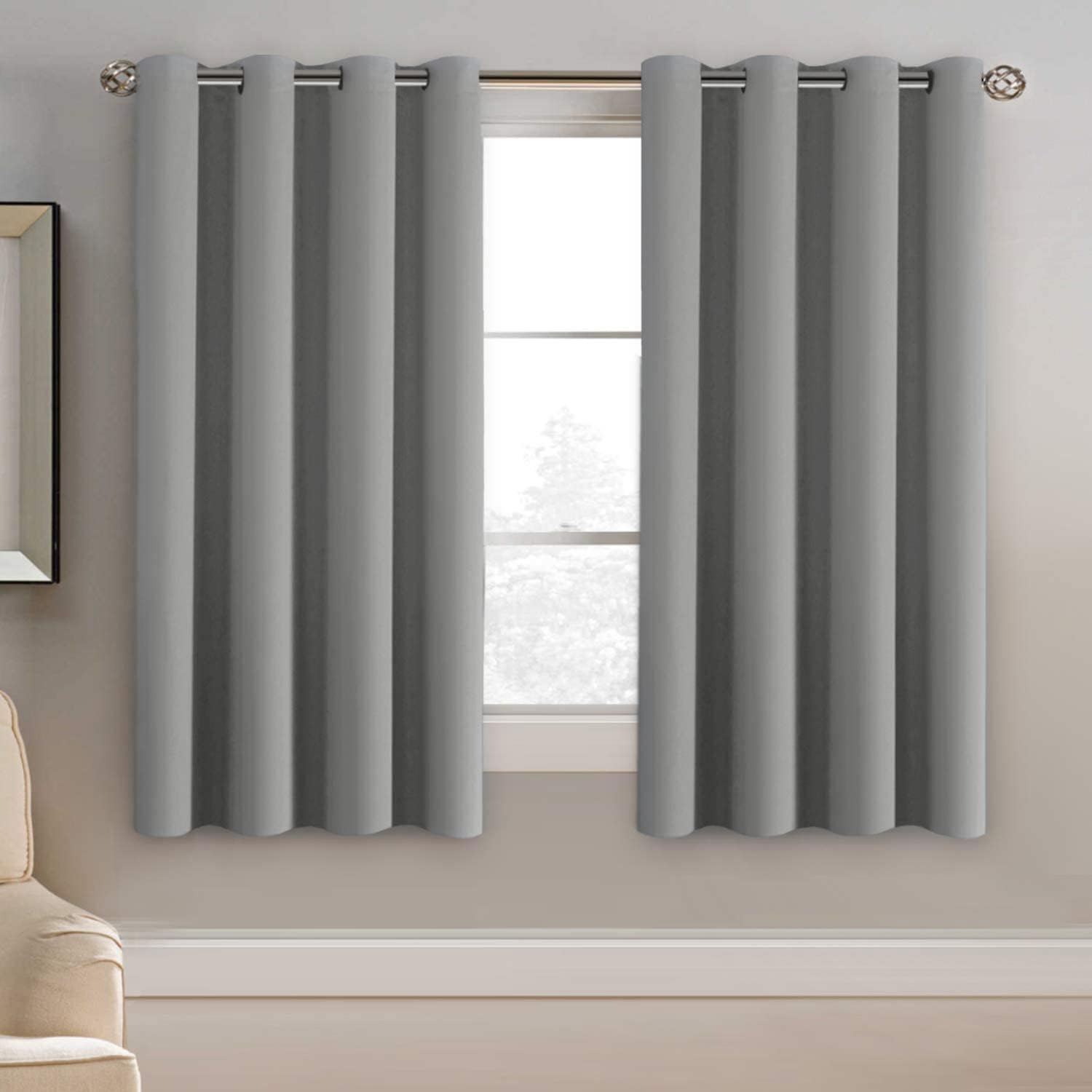

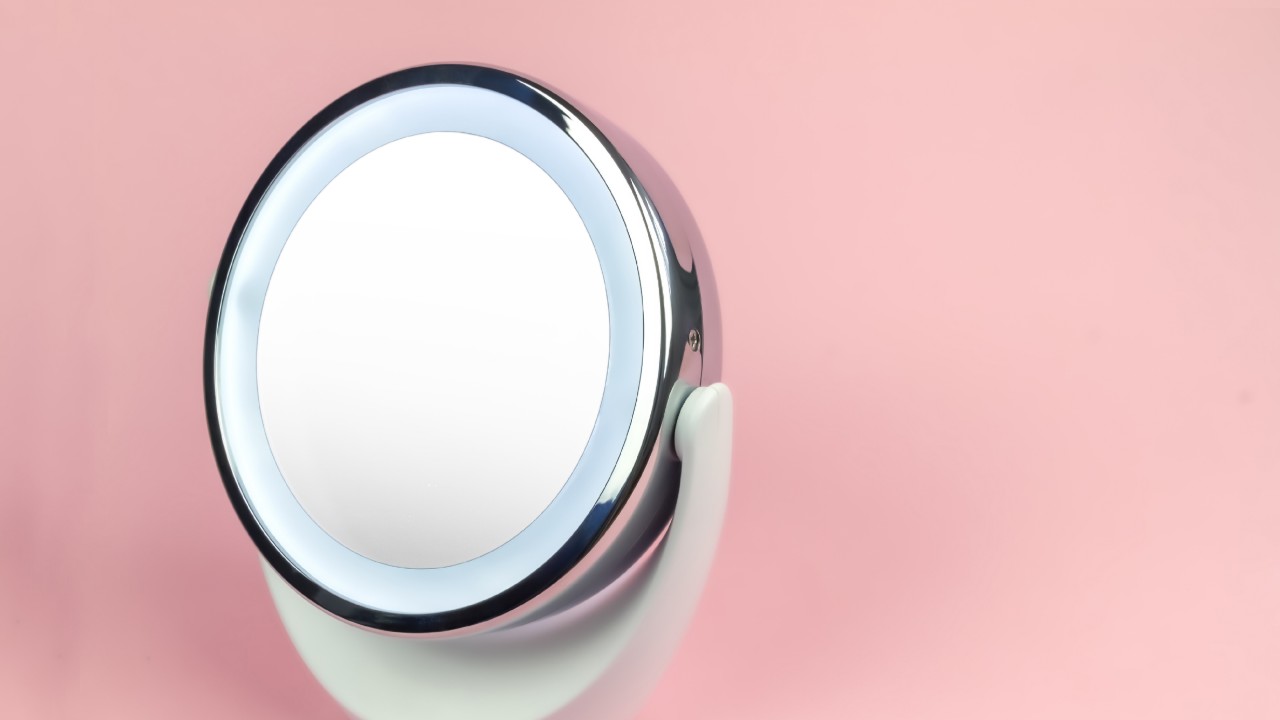
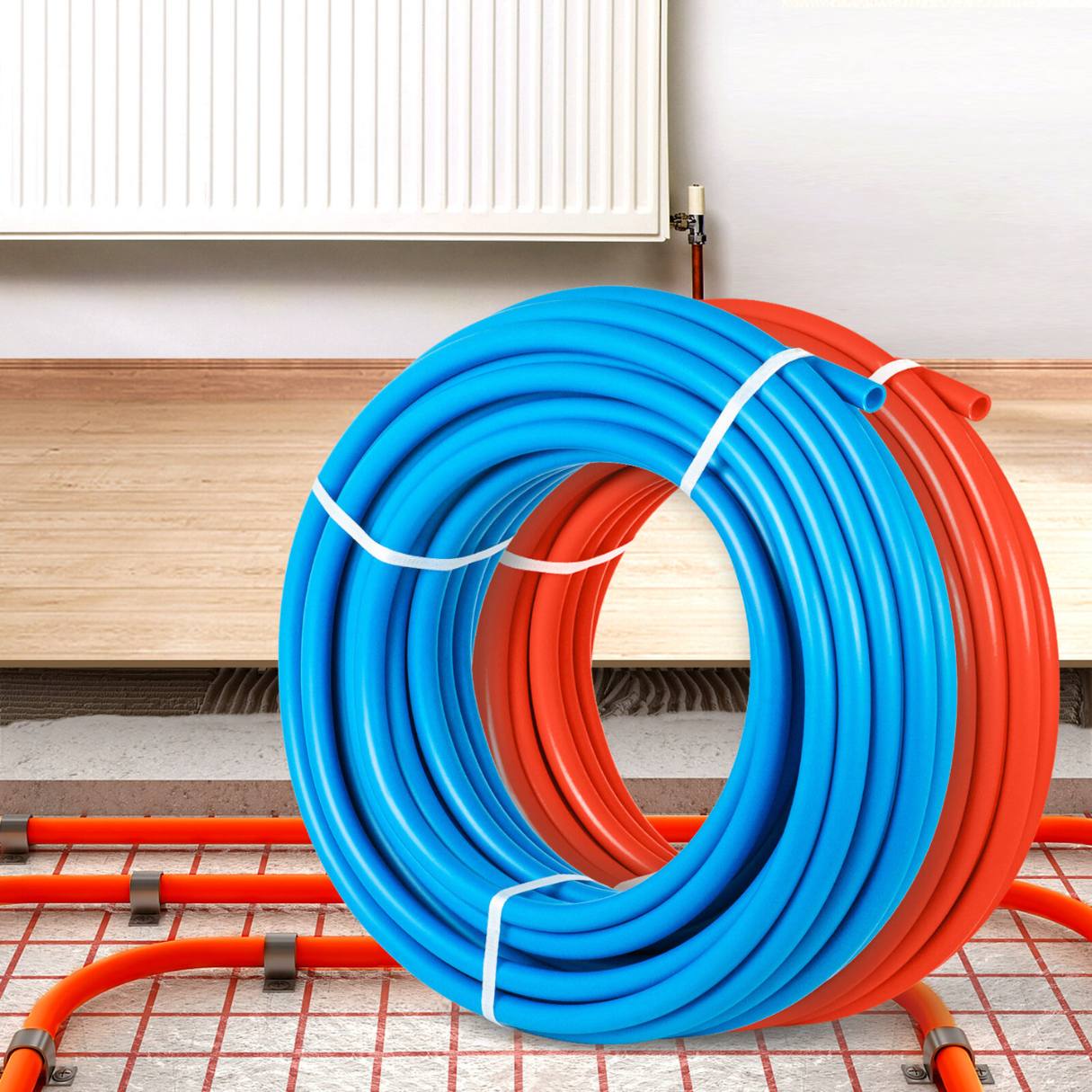

0 thoughts on “Why Are Blackout Curtains Bad”